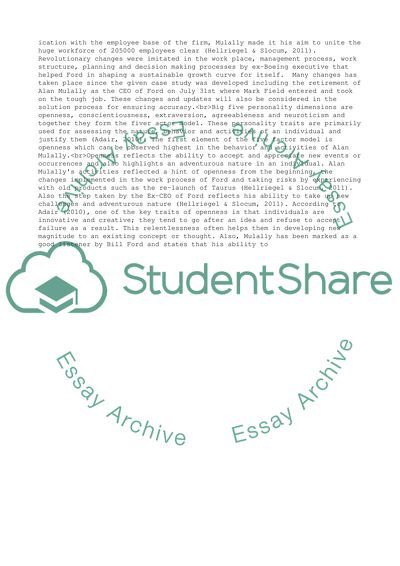Cite this document
(Alan Mulally, CEO, Ford Motor Company Case Study - 2, n.d.)
Alan Mulally, CEO, Ford Motor Company Case Study - 2. https://studentshare.org/management/1854943-alan-mulally-ceo-ford-motor-company
Alan Mulally, CEO, Ford Motor Company Case Study - 2. https://studentshare.org/management/1854943-alan-mulally-ceo-ford-motor-company
(Alan Mulally, CEO, Ford Motor Company Case Study - 2)
Alan Mulally, CEO, Ford Motor Company Case Study - 2. https://studentshare.org/management/1854943-alan-mulally-ceo-ford-motor-company.
Alan Mulally, CEO, Ford Motor Company Case Study - 2. https://studentshare.org/management/1854943-alan-mulally-ceo-ford-motor-company.
“Alan Mulally, CEO, Ford Motor Company Case Study - 2”. https://studentshare.org/management/1854943-alan-mulally-ceo-ford-motor-company.


